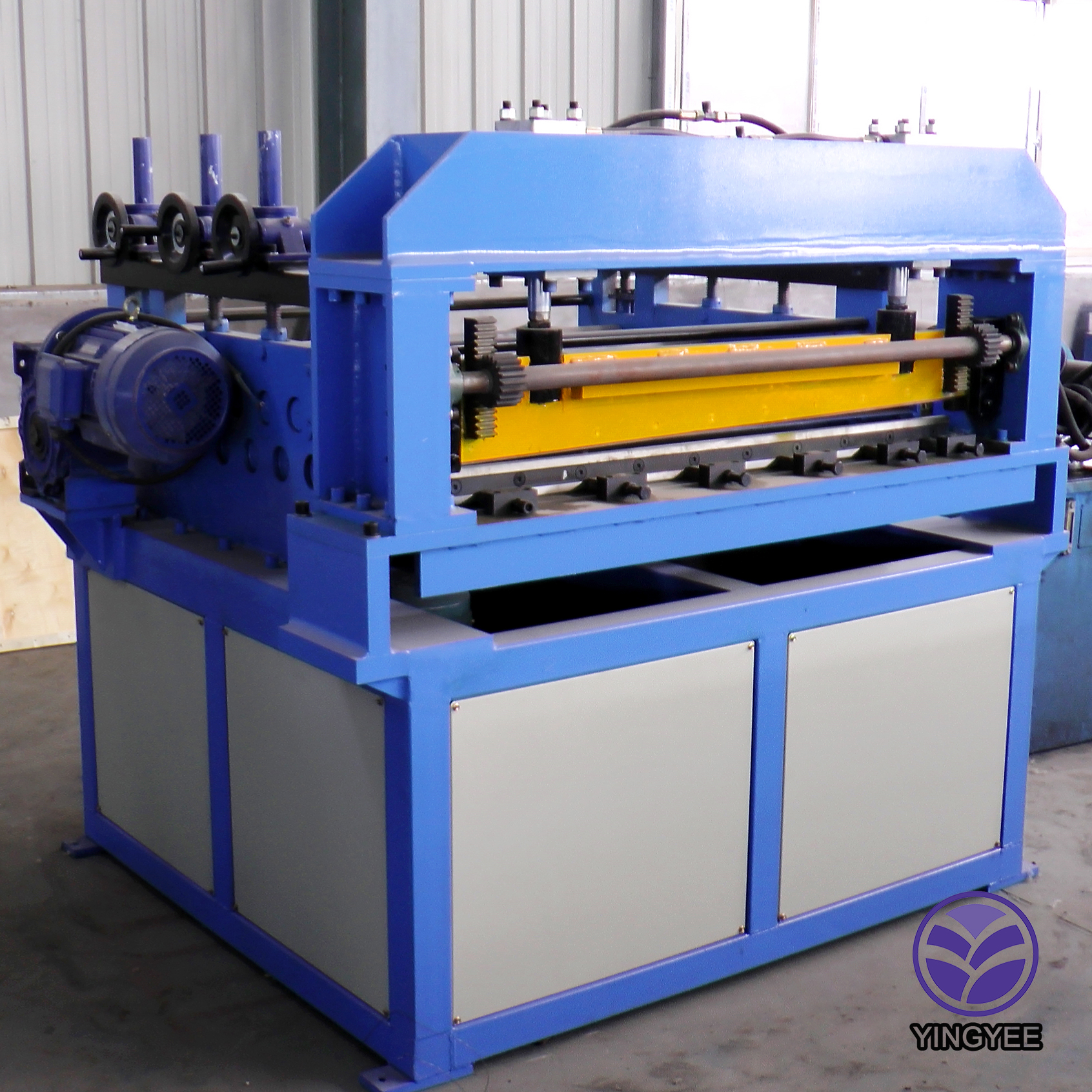
The Advancements in Stud and Track Frame Forming Machines
In the contemporary construction and manufacturing landscape, efficiency and precision are paramount. One of the pivotal innovations that have significantly streamlined the process of erecting structures is the stud and track frame forming machine. This state-of-the-art equipment has transformed the way steel frames are produced, allowing for faster, more precise, and more cost-effective building processes.
Understanding Stud and Track Frame Forming Machines
A stud and track frame forming machine is specifically designed to manufacture metal frames used in various construction applications, particularly in the building of interior walls, partitions, and ceilings. The machine utilizes advanced technology to automate the process of cutting, bending, and assembling the cold-formed steel components. This not only enhances efficiency but also reduces labor costs and the likelihood of human error.
The basic principle behind the operation of these machines involves feeding a coil of steel into the machine, which is then processed through a series of rollers and cutters. The machine shapes the metal into studs and tracks, which are the vertical and horizontal components of the framing system. This automation allows for high-speed production, which can respond effectively to the demands of modern construction projects.
Key Features and Benefits
1. Precision Engineering Modern stud and track frame forming machines use automated controls and sensors to ensure that each piece is cut and formed to exact specifications. This level of precision helps to minimize waste and error, enabling builders to maintain high standards of quality.
2. Versatility These machines are highly versatile, capable of producing a wide variety of profiles and dimensions to suit different project needs. Whether for residential buildings, commercial spaces, or specialized structures, manufacturers can easily adjust settings to create the required components.

3. Rapid Production One of the most significant advantages of using a stud and track frame forming machine is the speed at which frames can be produced. This not only accelerates the overall construction timeline but also allows builders to respond promptly to changes in project scope or deadlines.
4. Reduced Labor Costs With the automation of the forming process, the need for manual labor is diminished. This reduction in labor translates to lower costs for construction firms, enabling them to allocate resources more efficiently.
5. Environmentally Friendly The process used in stud and track frame forming creates significantly less waste than traditional framing methods. Additionally, the steel used in this process can often be sourced from recycled materials, contributing to more sustainable construction practices.
The Future of Stud and Track Frame Forming Machines
As technology continues to evolve, so too will the capabilities of stud and track frame forming machines. Innovations in artificial intelligence, machine learning, and robotics are already beginning to influence the design and functionality of these machines. Future advancements may lead to even greater automation, enhanced safety features, and smarter integration with other construction technologies such as Building Information Modeling (BIM).
Moreover, with the increasing emphasis on sustainability in the construction industry, the use of advanced materials and eco-friendly manufacturing processes will likely become standard. The integration of materials that have a lower environmental impact will further enhance the appeal of stud and track frame forming machines.
In conclusion, stud and track frame forming machines represent a significant leap forward in construction technology. Their ability to produce high-quality, precise framing components at a rapid pace and reduced cost makes them an invaluable asset in modern construction environments. As the construction industry moves towards greater efficiency and sustainability, these machines will continue to play a crucial role in shaping the future of building practices. The ongoing advancements in this field promise to enhance not only the performance of the machines themselves but also the overall efficiency and sustainability of the construction processes they facilitate.